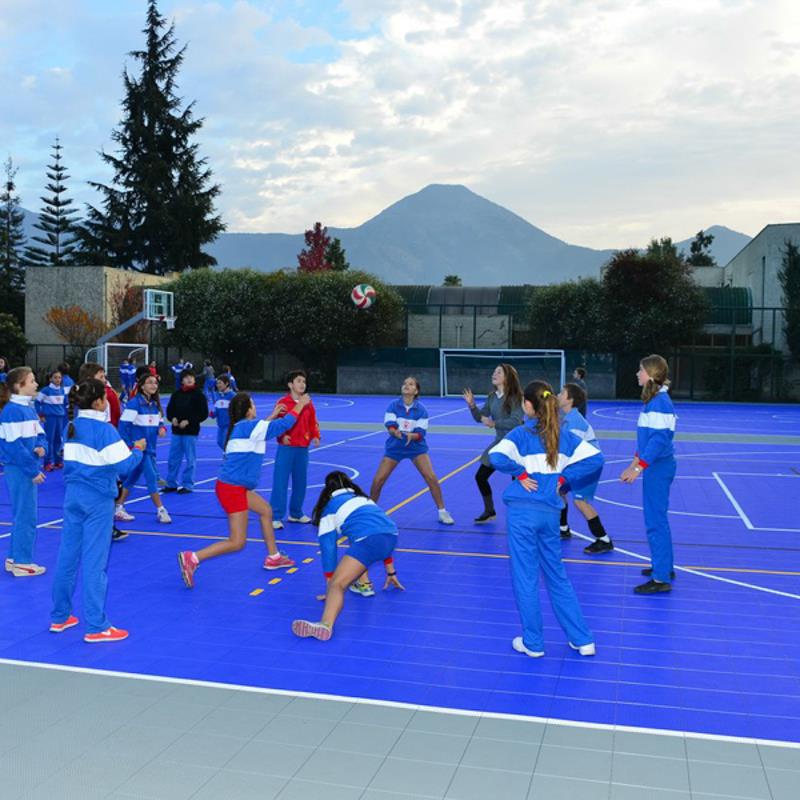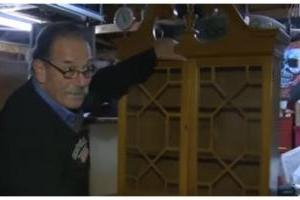What things have excited a person from time immemorial? There are not many of them. And one of them is admiration for the heights of the human spirit, the strength and beauty of its body. At the same time, there is a specific sphere in our life in which these qualities are expressed most clearly. This is a sport. It allows a person to go beyond their usual capabilities. No wonder the ancient Greeks, who elevated sports to the rank of their culture and gave the world the Olympic Games so beloved by all, said that they help each of us to know ourselves.
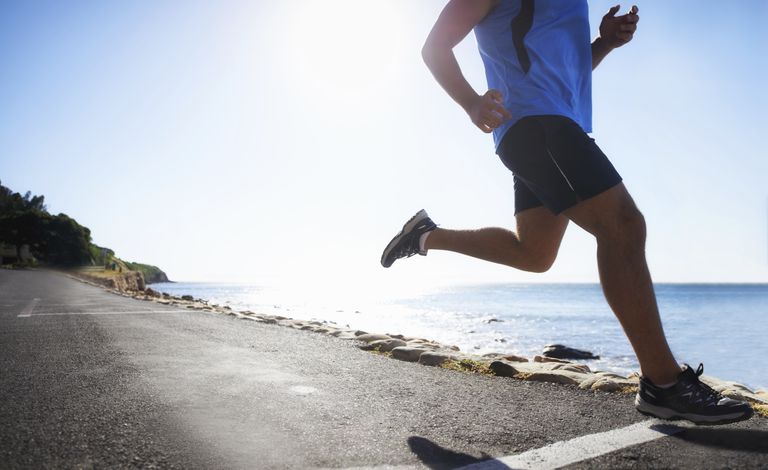
And today this area has not lost its relevance. That is why scientists around the world continue to work on improving special suits and shells, design high-speed racing cars, etc. All this is used in various types of sports facilities, not only by those who have devoted their whole life to physical education, but also by those who consider physical activity to be a great way to improve their health.
A bit of history
Researchers obtained material evidence confirming the fact that people in the tribal society taught children how to run and improved themselves. In addition, they competed in throwing at the target, in moving on snow and in rowing, as well as in wrestling.
To do this, people used open areas, caves and special buildings. Archaeologists found such structures on the territory of states located in South America, Central Asia, Egypt and India.
With the development of society, physical culture, in parallel with its practical purpose, began to acquire a spectacular character. This gave impetus to the construction of special arenas for numerous spectators. There was also a need for places equipped for training.
Archaeological excavations in Greece have confirmed the fact that back in the 8th century BC in the cultural centers of this state there were entire complexes, which included not only the stadiums and places where athletes trained, but also racecourses.
The need to expand and improve sports facilities arose after the first Olympic Games were organized. These competitions took place in 776 BC. For their conduct, places for jumping and platforms for wrestling and throwing were created. The last antique Olympic Games were held in 394 BC. The decision to revive them was made only in 1894.
After a long decline, the heyday of the construction of sports facilities began.
In our country, a large number of the simplest of them, representing football fields, playgrounds, etc., especially rapidly appeared after the October Revolution. Such structures were necessary for the training of a huge army of athletes. They were without large stands, complex structures and expensive fences.
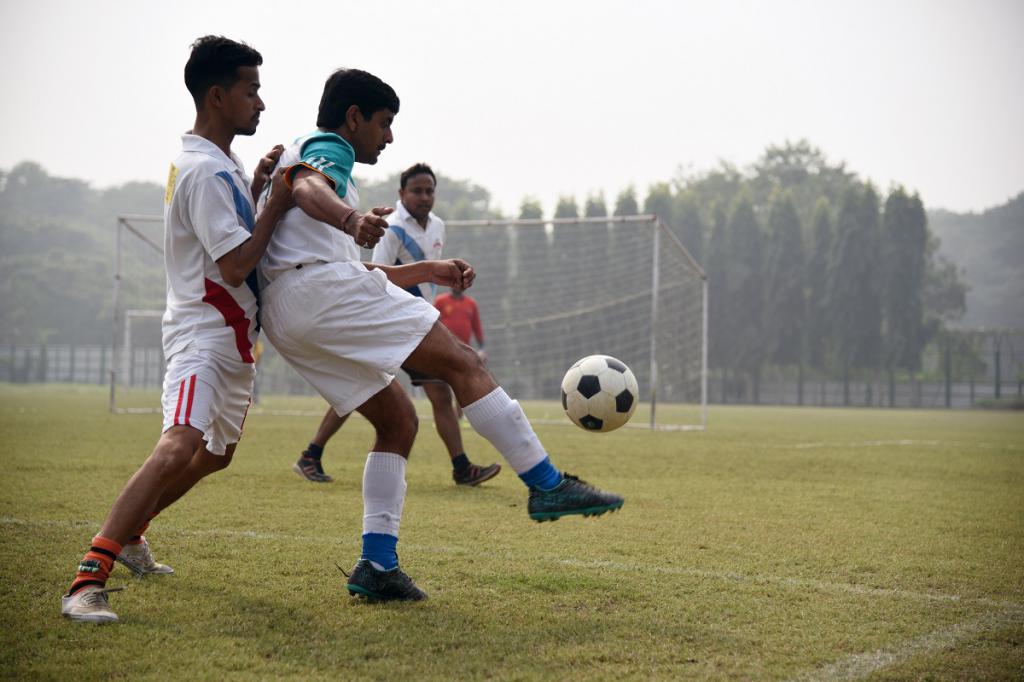
In the second half of the 20th century. in the USSR, typical design was widespread. Sports facilities were erected massively, using the latest building materials. There were many open and sites where physical education classes were held. For the needs of sports, whole complexes and swimming pools, athletics arenas and spacious palaces for competitions and training were built.
Classification
Under the sport is understood a specially equipped structure, which provides the opportunity to conduct the training process, competitions, fitness and fitness work, etc.Moreover, such a place (room) in terms of size must comply with the building codes and rules that are developed for sports facilities. According to their purpose, they are:
- demonstration (sports and entertainment);
- sports and fitness (for population);
- educational training.
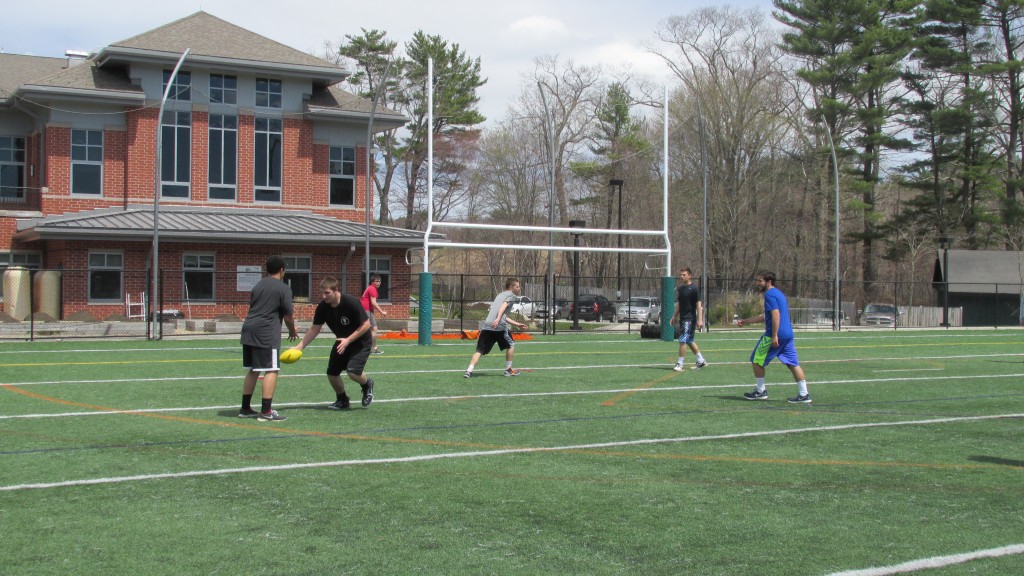
Based on architectural and planning features, sports facilities are divided into adapted and specially built. Based on this characteristic, they are also divided into stand-alone and built-in.
By volume-structural and architectural-planning features distinguish planar sports facilities and voluminous. The latter include indoor buildings, including Sports Palaces and gyms, playpens and pools. Flat sports facilities - open skating tracks and football fields, ski and ski slopes, etc.
By their capacity, all buildings and places for training and competitions are divided into:
- separate, which are intended only for a particular sport (football fields, one-bowl pools, specialized halls, etc.);
- complex, which includes several buildings or premises, where various in nature competitions for strength, dexterity and endurance can be held.
There are also outdoor and indoor structures that differ in their space-planning design.
Consider in more detail the above-mentioned planar sports facilities.
Design rules
To date, a joint venture has been developed for planar sports facilities. This is a set of rules intended for the technical design of fields and sports and recreational areas used in the summer. All of them are used for both organized and individual studies of any category of the population.
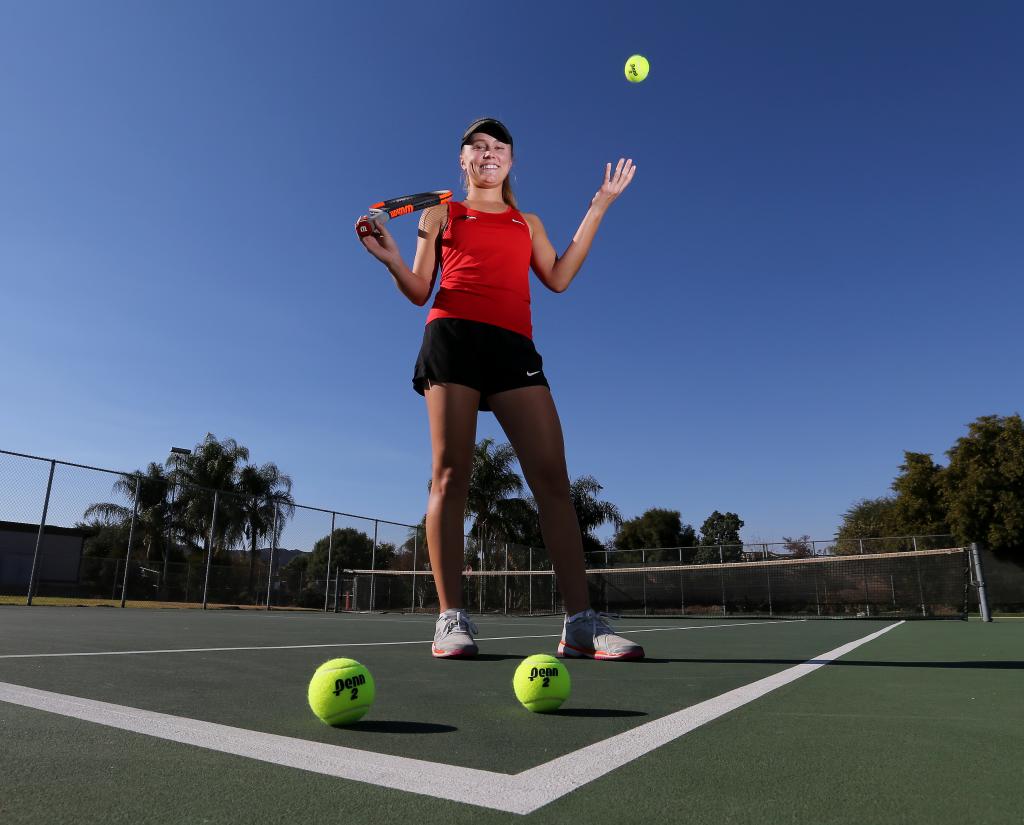
The parameters of the venues for the competitions and the sizes of the security zones of the gaming zones developed in the joint venture for open planar physical culture and sports facilities comply with the rules established for certain types of competitions. In this regard, they are mandatory technological requirements.
Open planar physical-sports facilities have parameters that make it possible to place the corresponding groups of necessary premises on their territory. Their list is given in the specified Code of Practice.
The provisions of this document are also used in determining the number of students. They are also necessary for calculating the equipment that is supposed to be placed in auxiliary rooms. They are washing and dressing rooms, latrines and showers, inventory, etc. Correct development of the rules for the construction of planar sports facilities will make them the most comfortable and complete for functioning.
Playgrounds
These planar physical-sports facilities are located based on the location of their longitudinal axes to the south-north. In this case, a slight deviation is permissible, which should not exceed 15% in either direction.
Playgrounds as flat sports facilities - what is it? This is a whole complex. It contains several platforms, each of which is intended for games of only one kind. No more than one third of such open planar sports facilities may be placed on the basis of longitudinal axes directed east-west.
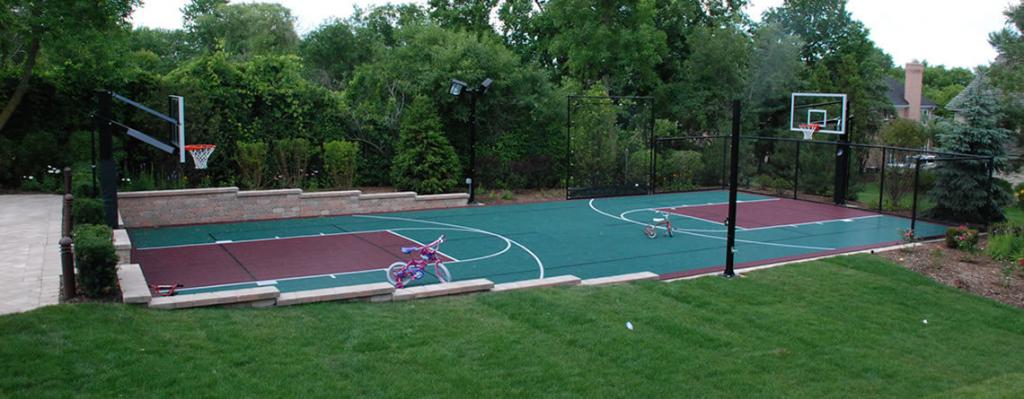
If playgrounds are located in areas built up with multi-story buildings, then they will need to be placed on the east side of the houses, orienting equatorially. This will not allow the sun to interfere with training or competitions held here at any time of the day.
Badminton courts
Such sports planes can have various sizes. For a single game they are 13.4x5.18 m, and for a doubles - 13.4x6.1 m.In this case, security zones are provided, the width of which is more than 1 m. In such areas there should not be any objects or obstacles that are dangerous for players.
The main equipment of such sports planar structures is a pair of racks, between which nets are stretched, having a size of 6.1x0.75 m.
Basketball courts
What is it - flat sports facilities? In this case, these are the platforms in which the field for the game is located. Its dimensions can range from 24x13 m to 28x15 m. Such an open structure is not intended for sports. It is used only for training.
Equipment for the playground are basketball backboards located on supporting structures. They are located at distances of more than 0.4 m from the border line and are protected with a tread to ensure the safety of students.
Volleyball Courts
Such a planar outdoor sports facility includes a rectangular field, the size of which is 18x9 m. This section should be limited to front and side lines.
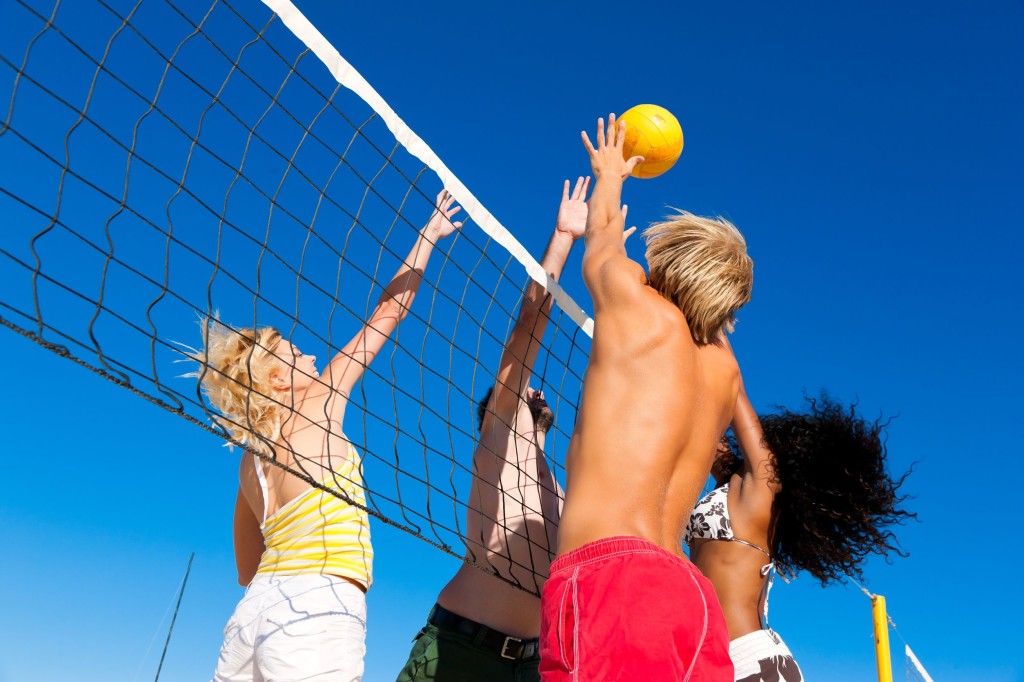
If the platforms are intended for large-scale training and competitions, then for the teams of masters the maximum width of the strip outside the playing field is recommended.
If the games are held according to simplified rules, then it is permissible to reduce the size of the field. In each individual case, such changes are negotiated with the designers and with the committee on physical education and sports.
Volleyball court equipment is a net with a length of 9.5 m and a width of 1 m. It is pulled on a cable located between two posts. The top edge of the net can be set at different heights, depending on the gender and age of the players. Its minimum values are left within 2.1 m, and the maximum - 2.43 m. The racks are made of any hard and durable material of circular cross section.
Handball courts
Such a flat structure consists of a rectangular field for the game, the dimensions of which are 40x20 m. This section is limited by front and side lines with a width of 0.05 m.
There must be two gates on the court. They are set close to the outer border of the front lines. The gates are equally spaced from the corners of the field. At the same time, they are performed either stationary or portable.
Playgrounds
What is such a flat structure? This is a rectangular field with a width of 12-15 m and a length of 26-30 m. It consists of pre-marked "cities" and "suburbs". There are “horses” and “half-horses” here.
“Cities” and “suburbs” are marked with paint, drawing lines from 0.02 to 0.03 m wide. “Horses” with “half-cones” are indicated by wooden planks on the side and front lines, which may slightly protrude above the surface level of the site (from 0 , 02 to 0.03 m).
Inside the site along its borders are set benches on which participants are located. Seats for spectators are behind the barrier.
Tennis courts
Such a playing area is called a court. It includes a rectangular field, the size of which is 23.77x10.97 m.
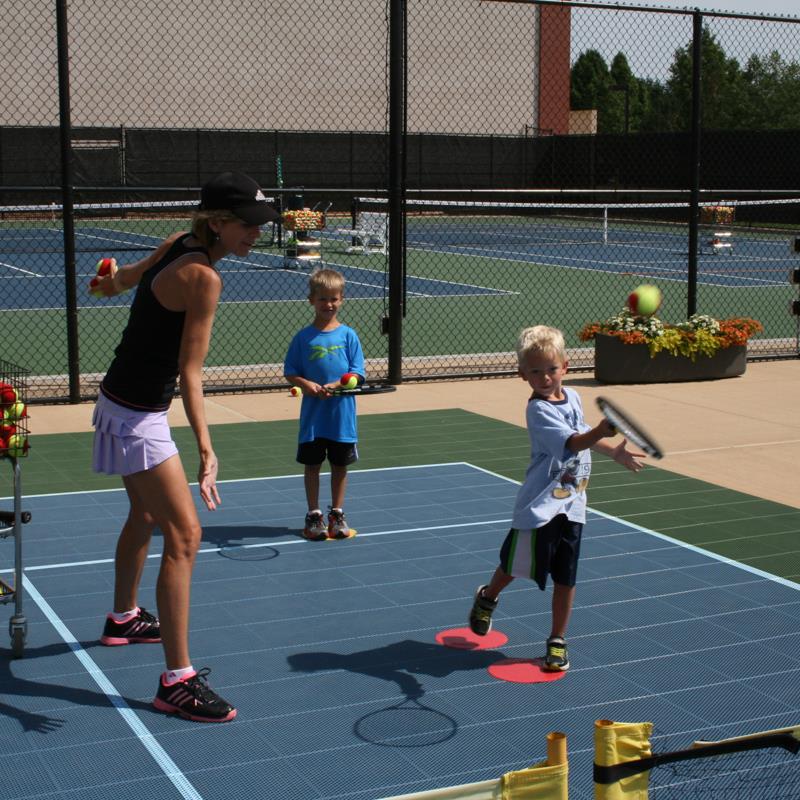
Such an area is provided for doubles. If single training sessions are held, then the size of the field is 23.77x8.23 m. The tennis court is limited by the back and side lines, as well as free bands located along the outer perimeter. The latter are called “races”. In the middle of the platform is a transverse grid.
Beach soccer and volleyball
In these games, which are held in the sand, there are no hard sizes for the field. As a rule, these are sections of 20x30 m, which includes a security zone. For volleyball, the minimum size of the court is 15x26 m. This allows teams consisting of two or four people to play on it. All obstacles and spectators should be outside the sandy areas.
Mark such fields with a marking tape made of synthetic materials, 5-8 cm wide, having a blue color. It is fixed with elastic holders to flat plates 30 cm deep.
Playgrounds for beach soccer and volleyball are placed for the purpose of conducting mass physical-health-improving events, as a rule, not far from water bodies, in green areas and in parks.
It is allowed to equip the sites for independent physical education and health classes without the construction of auxiliary facilities. At the same time, it is recommended to use sanitary-hygienic devices and buffets intended for visitors to the recreation area or the beach.
Operation and maintenance
To prepare for competitions and training sessions on the playgrounds, the position of a repairman of plane sports facilities is provided. His responsibilities include a whole list of works, the implementation of which contributes to the normal operation of playgrounds. So, according to the job description of the repairman of plane sports facilities, he needs to:
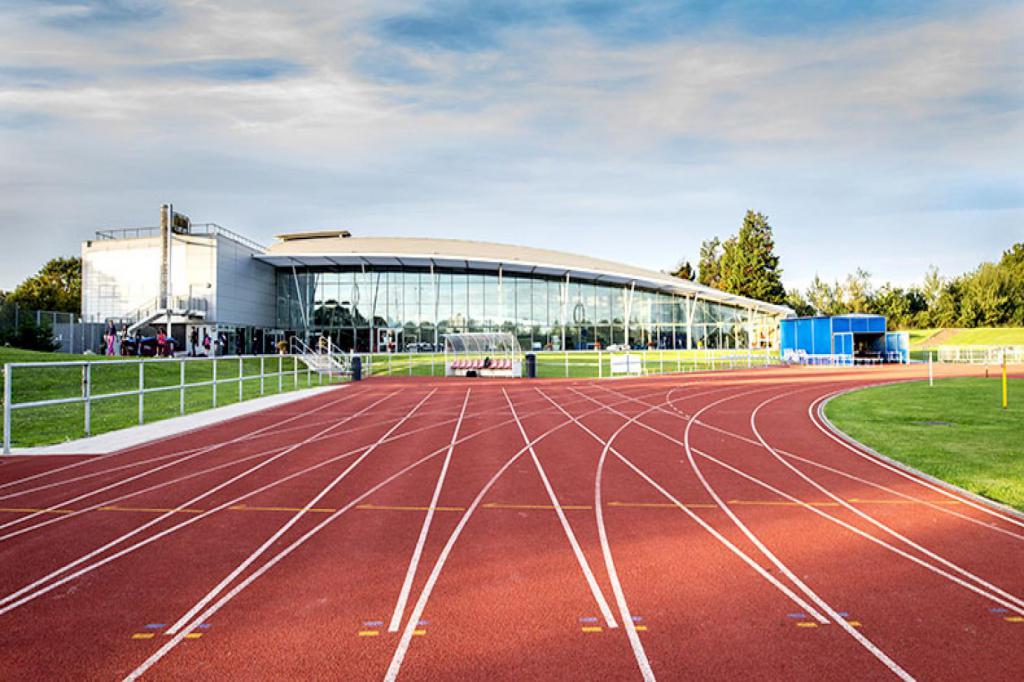
- level, water and mark out surfaces of basketball, volleyball, gorodoshny, handball and other areas, tennis courts, soccer fields, racecourses, sectors for throwing sports equipment and jumps, as well as other areas that have synthetic, heating, grass, sawdust and other coatings ;
- carry out haircuts, cutting, grabbing and laying sod on the grassy surface of the playing field;
- to remove and replant root shoots, as well as trimming, weeding, sodding and chopping of knocked out areas of playgrounds;
- choose organic or mineral fertilizers, introducing them into the soil;
- to prepare the bases for paths, fields and filling of the rink;
- to mark, paint and fill skating racetracks, fields intended for playing with the puck, areas for mass and figure skating, as well as care for them, keep them, based on weather conditions;
- to clean out growths and flows, to clean snow on ice fields and to close up cracks in them;
- determine the speed and make the route of the snowplow and filling machine when it moves on the site, along the track and along the field;
- make markings and repair the coating of football fields, cyclo-sick and motor-sick, asphalt concrete and highway-ring cross-tracks designed for holding competitions in motor and motor sports.
In addition to all of the above duties, the instructions of the repairman of planar sports facilities provide for minor repairs of the equipment and equipment used and paint it, as well as cleaning of the territories entrusted to it from snow and debris.
